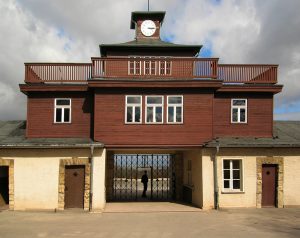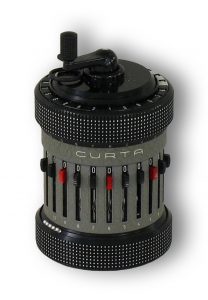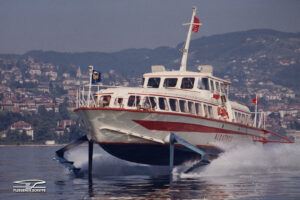
Numbers in a can: the ‘Curta’ handheld calculator
‘A sturdy, high-performance assistant for all four types of calculation, right there in your pocket’, promised the sales brochure. The world’s smallest handheld mechanical calculator was made in Liechtenstein.






Tip: At the ENTER Museum of Computer and Consumer Electronics in Solothurn, along with original ‘Curta’ models you can also explore a wooden model that shows how the calculating machine worked.
How the ‘Curta’ works. YouTube



